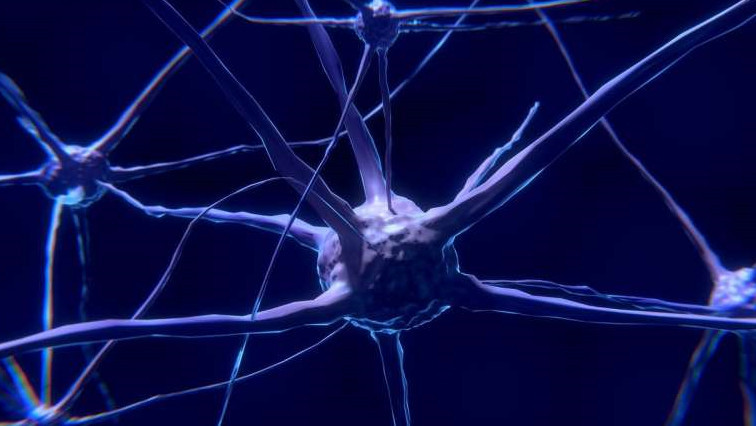Effective, specific, with a reversible and non-harmful action: the identikit of the perfect biomaterial seems to correspond to graphene flakes, the subject of a new study carried out by SISSA - International School for Advanced Studies of Trieste, Catalan Institute of Nanoscience and Nanotechnology (ICN2) of Barcelona and the National Graphene Institute of the University of Manchester, in the framework of the European Graphene Flagship project. This nanomaterial has demonstrated the ability to interact with the functions of the nervous system in vertebrates in a very specific manner, interrupting the building up of a pathological process that leads to anxiety related behaviour.
“We previously showed that when graphene flakes are delivered to neurons they interfere spontaneously with excitatory synapses by transiently preventing glutamate release from presynaptic terminals” says Laura Ballerini of SISSA, the leader of the team that carried out the research study ‘Graphene oxide prevents lateral amygdala dysfunctional synaptic plasticity and reverts long lasting anxiety behavior in rats’, recently published in Biomaterials, co-authored by Audrey Franceschi Biagioni, Giada Cellot, Elisa Pati, Neus Lozano, Belén Ballesteros, Raffaele Casani, Norberto Cysne Coimbra, Kostas Kostarelos.
“We investigated whether such a reduction in synaptic activity was sufficient to modify related behaviours, in particular the pathological ones that develop due to a transient and localised hyper-function of excitatory synapses”. This approach would fortify the strategy of selective and transient targeting of synapses to prevent the development of brain pathologies by using the so-called precise medicine treatments.
Read the original article on SISSA.


